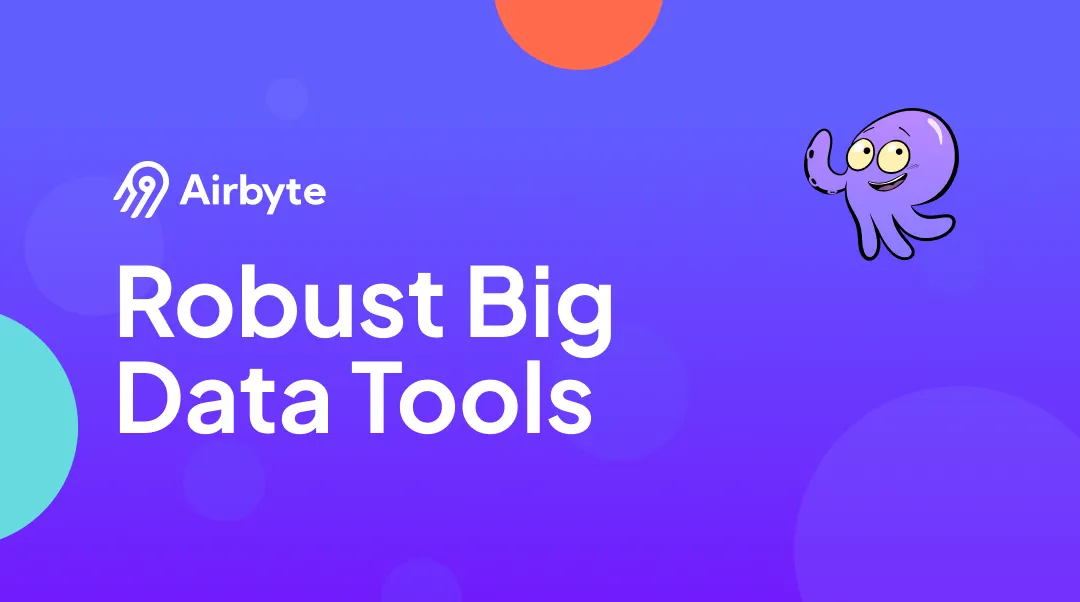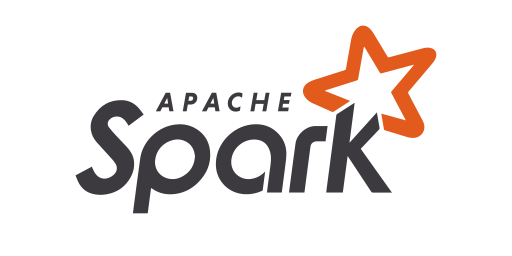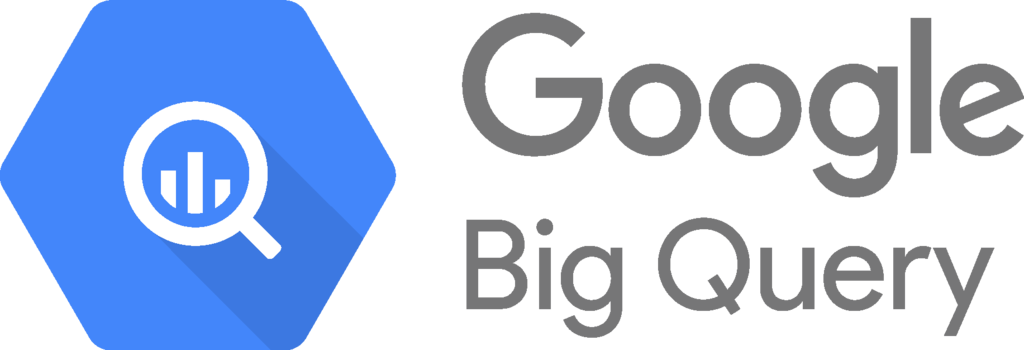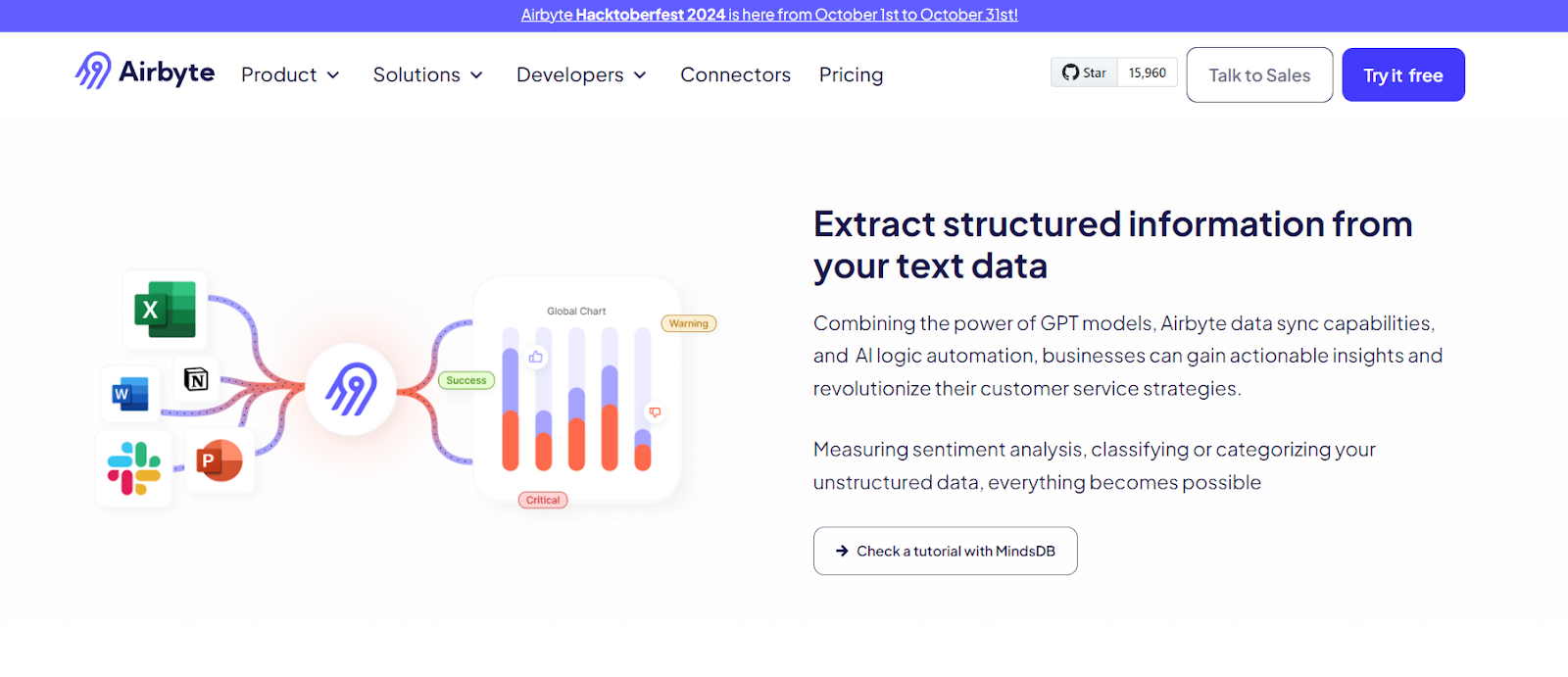

You must have heard or come across the term Big Data quite often. Big Data can include all formats of data presented in huge datasets. It may seem challenging to manage large amounts of data with your existing data systems, which is why you must make the switch to Big Data tools.
In this article, understand a little bit about Big Data, followed by some of the best Big Data tools that will help you properly process and analyze vast datasets.
What are Big Data Tools?
Countless data sources across the globe are generating data at an unprecedented rate. The data can come to you in various formats that include structured, semi-structured, and unstructured. An overwhelming amount of data is referred to as Big Data.
Massive datasets of Big Data exceed the capacity of traditional tools for storage, processing, and analysis. Hence, specialized platforms have been developed to provide organizations with a comprehensive framework for utilizing this data. These platforms are also known as Big Data tools.
Top 5 Big Data Tools
Now that you have understood what Big Data tools are, look at some of the best tools you can use to enhance your data operations.
Apache Spark

Apache Spark is designed for distributed processing and connecting to multiple computers to streamline Big Data operations. Spark’s unified analytics engine has gained prominence for its efficiency and versatility in handling various data processing tasks. The engine supports real-time as well as batch processing of data, graph processing, and machine learning models. The Apache Spark engine can even address the limitations in data processing capabilities of Apache Hadoop’s MapReduce engine.
Key Features:
- Speed and Efficiency: This Big Data tool processes your data in memory, presenting you with quicker processing times than those found in disk-based systems. The analytics engine can run tasks up to 100 times faster than Hadoop’s MapReduce. Hence, Spark is a preferred platform for data analysis due to its ability to store and process large computations.
- Seamless Integration and Compatibility: Apache Spark offers compatibility with several programming languages like Java, Python, R, and Scala. It also integrates with other Big Data tools and technologies, including Hadoop Distributed File System, Apache Cassandra, and OpenStack Swift.
- Rich Toolset: With Apache Spark, you get several libraries and tools to manage Big Data. For structured data querying, you can use Spark SQL. The MLlib is helpful for processing machine learning tasks, while the GraphX API can be utilized for graphs and graph-parallel computation.
Pricing: Apache Spark is open-source and free for all users.
Deployment: Apache Spark runs independently on cluster modes. You can run clusters on Spark’s standalone cluster managers or YARN, Apache Mesos, or Kubernetes.
Google BigQuery

Google Cloud Platform (GCP) is one the most comprehensive cloud computing services that unifies various tools and services offered by Google. While not specifically designed as a Big Data tool, GCP incorporates several embedded Big Data tools in its ecosystem. One of the most prominent tools includes BigQuery, a fully-managed, petabyte-scale analytics data warehouse.
BigQuery is a powerful solution that can function as a Big Data platform. It offers you a robust serverless infrastructure for storing, querying, and analyzing massive datasets at impressive speed and efficiency. BigQuery’s unique architecture enables automatic scaling and quick data processing without worrying about infrastructure management.
Key Features:
- Easy Querying Interface: BigQuery provides a standard SQL interface for querying data, allowing you to create and delete various objects, customize user functions, and import data from diverse formats.
- Machine Learning Analytics: With BigQuery, you can incorporate built-in machine learning algorithms into your datasets and make advances in the field of predictive analytics. The platform also offers geospatial analysis capabilities, allowing you to conduct data modeling through latitude and longitude locations.
- An Array of Integrations: BigQuery supports Avro data format, CSV, Parquet, and JSON. You also get seamless integration with other Google Cloud services, such as Google Cloud Storage and Google Data Studios, to help process Big Data.
Pricing: BigQuery pricing has two components: storage and compute pricing. For the former, you incur charges for storing the data you loaded into BigQuery. The latter is further divided into on-demand pricing calculated per TiB of query data processed monthly and capacity pricing per slot-hour.
Deployment: To use BigQuery, you can create a project on the Google Cloud Console and enable the BigQuery API. Alternatively, you can also use the BigQuery Data Transfer Service through the Data Transfer API.
💡Suggested Read: BigQuery ETL Tools
Apache Hadoop

Apache Hadoop is one of the top open-source Big Data tools, offering distributed processing capabilities for large datasets across compute clusters. You can utilize this cost-effective and scalable tool for storing, processing, and analyzing vast amounts of data. Hadoop is capable of scaling from a single server to an extensive network of commodity computers. Its widespread adoption and support from major players across industries underline its continued relevance as one of the best Big Data tools.
Hadoop has two core components: the Hadoop Distributed File System (HDFS) and the MapReduce engine. The former facilitates distributed storage across multiple machines, providing your data with fault-tolerant and high-availability features. The latter employs the MapReduce programming model that enables parallel data processing across the cluster. Hadoop also comes with a comprehensive set of Big Data tools and technologies to cater to the analytical needs of various organizations.
Key Features:
- Cost-effective: Hadoop can be deployed on commodity hardware, eliminating the need for supercomputers. Since this tool distributes storage and workload, it results in low operational costs for you.
- Security: This Big Data tool implements HTTP servers and comes with POSIX-style file system compatibility and authorization for securing your datasets.
- Scalability: Hadoop can seamlessly handle massive amounts of structured and unstructured data. It also supports diverse types of commodity hardware and integrates with enterprise cloud providers.
Pricing: Hadoop is freely available for all users.
Deployment: This Big Data tool offers several packages that can be independently upgraded and deployed across various platforms.
Apache Cassandra

Launched in 2008, Apache Cassandra is one of the Big Data tools best known for processing large volumes of different data formats. It has a highly dependable data storage engine, crucial for managing applications requiring extensive scalability and reliability. Widely acknowledged for its fault tolerance and support for massive expansion, Apache Cassandra has become one of the critical tools in the Big Data landscape today.
Key Features:
- Non-Relational Database (NoSQL): Cassandra is a NoSQL database offering features that are not found in other relational and NoSQL databases. These unique features can include continuous availability as a data source, data dispersion across different data centers, and several Cloud availability zones.
- Fault Tolerance: You get a built-in fault tolerance feature with Apache Cassandra for both cloud infrastructure and commodity hardware. It ensures your data’s integrity and availability even during hardware or network failures.
- Data Duplication: Cassandra’s data storage engine reduces delay in operations by facilitating duplication of your datasets across multiple databases. Thanks to its linear scalability feature, the platform allows you to add several nodes to duplicate data and manage large workloads. Since there is no single point of failure, this feature is particularly useful to preserve your data even during an entire data center outage.
Pricing: Apache Cassandra is an open-source NoSQL database management system that is free for all users.
Deployment: Apache Cassandra can be deployed on Amazon EC2 instances. You can also choose appropriate external hardware with expansive memory, CPU, network, and the required number of nodes for enterprise implementation.
Cloudera

Cloudera is one of the best Big Data platforms, offering a range of tools and services for efficient management and analysis of large datasets. It is a hybrid data platform that leverages components from Apache Hadoop for distributed data storage and processing. Cloudera adopts modern data architectures that cater to petabyte-scale datasets. You get unified data fabrics and pioneering data lakehouses powered by Apache Iceberg to manage and transform vast datasets.
Key Features:
- Real-time Monitoring: Cloudera provides a flexible platform for gathering data from different environments. With its DataFlow analytics platform, you can stream and monitor large volumes of data in real-time.
- Data Modeling Capabilities: This Big Data tool is capable of constructing and training machine learning models for advanced analytics. You also get advanced analytical tools to gain in-depth insights from your data.
- Unified Platform: Cloudera has integrations with HDFS, Apache Spark, Apache Hive, and several other data warehouse and database management systems. Thus, it enables you to have diverse data analytics and processing capabilities under one platform.
Pricing: It offers a pay-as-you-go model wherein you are required to only pay for the services you utilize. The prices vary for each of the services offered.
Deployment: Cloudera can be deployed on-premises. You can also run it on AWS, GCP, and Azure through the Cloudera Data Platform (CDP) Public Cloud services, getting flexibility in Big Data management.
How to Get the Most Out of Big Data Tools
In this digital age, data volumes are constantly on the rise. To manage huge datasets, you have to utilize Big Data platforms efficiently. The first step lies in collecting and consolidating data from all sources before loading the existing data into the platform. For this, you must assess all possible points where data is generated in your organization. Then, you should work towards unifying all the relevant data and ensuring its accuracy and usability. It may seem like a mammoth task, but platforms like Airbyte can make the process quick and easy, helping you get the most out of your Big Data platform.
Airbyte is a robust data integration and replication platform that allows you to load data from multiple sources and load it to a data warehouse or Big Data platform of your choice. You can set up a data pipeline by either choosing from their 550+ pre-built connectors or creating a custom one through their Connector Builder or Connector Development Kit. The advantage of both ways is that you can establish a secure connection between your sources and destinations within minutes without writing a single line of code!
Once the data is loaded into your chosen data warehouse, you can utilize its capabilities to efficiently process various tasks and operations. This can include creating predictive models and studying the insights to make strategic decisions.

Here are some of the Key features of Airbyte:
GenAI Workflow Management: With Airbyte, you can shift your unstructured data directly into multiple vector databases like Pinecone, Chroma, and Qdrant. This enables efficient storage and retrieval of vector embeddings, facilitating high-performance similarity searches essential for generative AI applications.
Compatibility with LLM Providers: Airbyte offers a pre-built set of LLM providers like OpenAI, Cohere, and Anthropic. You can leverage them to transform your data before storing it in a vector database of your choice.
AI Assistant: It also provides an AI assistant feature that automatically configures several fields in the Connector Builder and speeds up the development process. The AI assistant scans API documentation to prefill configuration details and offer smart recommendations to optimize your configuration process.
Very Large CDC Syncs: Airbyte supports large Change Data Capture (CDC) syncs through the WAL Acquisition Synchronization System (WASS). By leveraging WASS, Airbyte enables you to manage extensive databases without losing sync positions in the transaction log, ensuring efficient and reliable incremental syncs.
Secure Data Movement: The platform supports various data security measures, such as encryption, auditing, monitoring, SSO, role-based access control, and PII Masking to protect your data against breaches and external threats. This ensures the privacy and integrity of your data throughout the workflows.
Self-Managed Enterprise Edition: Airbyte has announced the general availability of the Self-Managed Enterprise. This edition offers features such as multitenancy, role-based access control (RBAC), and advanced security measures, enabling you to centralize data access while maintaining strict governance.
Final Takeaways
Big Data analytics play a crucial role in empowering your business to create optimized experiences for your stakeholders. With sophisticated Big Data tools, you can improve your strategies and align them with the latest trends in consumer behavior. You will also be able to boost operational efficiency by effectively dealing with bottlenecks.
Before selecting a Big Data tool, you must consider creating a strong data pipeline with Airbyte. It will not only allow you to gather all your data in one place but also ensure changes made at source can be timely migrated and reflected in your Big Data platform. Sign up for free and get started right away!
What should you do next?
Hope you enjoyed the reading. Here are the 3 ways we can help you in your data journey:



Frequently Asked Questions
What is ETL?
ETL, an acronym for Extract, Transform, Load, is a vital data integration process. It involves extracting data from diverse sources, transforming it into a usable format, and loading it into a database, data warehouse or data lake. This process enables meaningful data analysis, enhancing business intelligence.
This can be done by building a data pipeline manually, usually a Python script (you can leverage a tool as Apache Airflow for this). This process can take more than a full week of development. Or it can be done in minutes on Airbyte in three easy steps: set it up as a source, choose a destination among 50 available off the shelf, and define which data you want to transfer and how frequently.
The most prominent ETL tools to extract data include: Airbyte, Fivetran, StitchData, Matillion, and Talend Data Integration. These ETL and ELT tools help in extracting data from various sources (APIs, databases, and more), transforming it efficiently, and loading it into a database, data warehouse or data lake, enhancing data management capabilities.
What is ELT?
ELT, standing for Extract, Load, Transform, is a modern take on the traditional ETL data integration process. In ELT, data is first extracted from various sources, loaded directly into a data warehouse, and then transformed. This approach enhances data processing speed, analytical flexibility and autonomy.
Difference between ETL and ELT?
ETL and ELT are critical data integration strategies with key differences. ETL (Extract, Transform, Load) transforms data before loading, ideal for structured data. In contrast, ELT (Extract, Load, Transform) loads data before transformation, perfect for processing large, diverse data sets in modern data warehouses. ELT is becoming the new standard as it offers a lot more flexibility and autonomy to data analysts.
